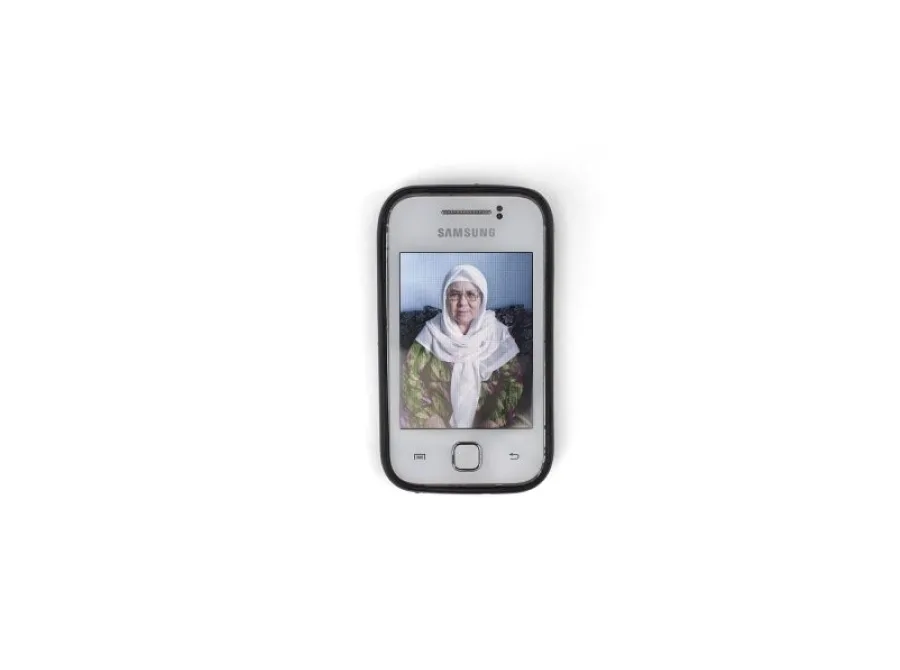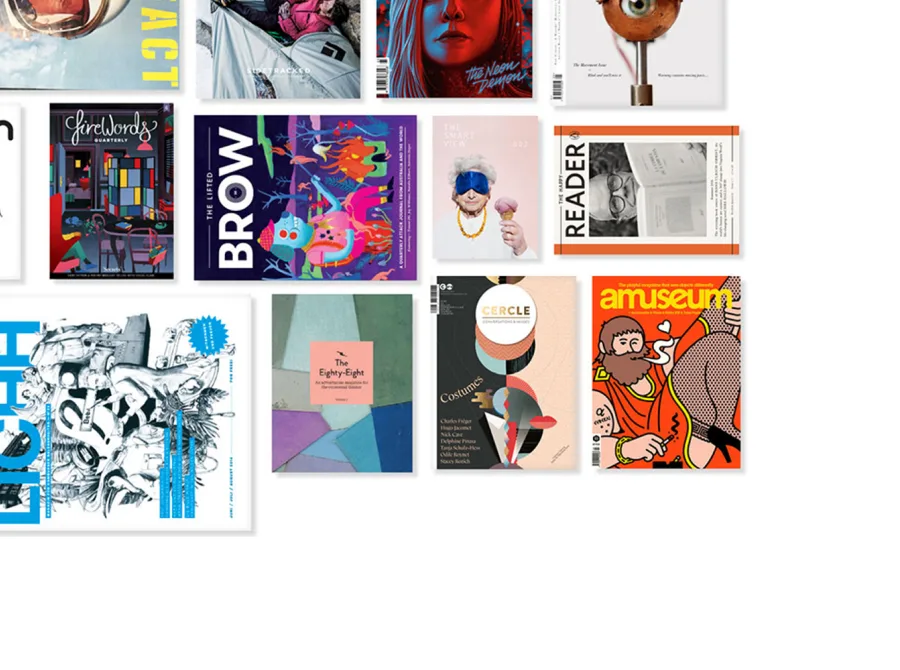
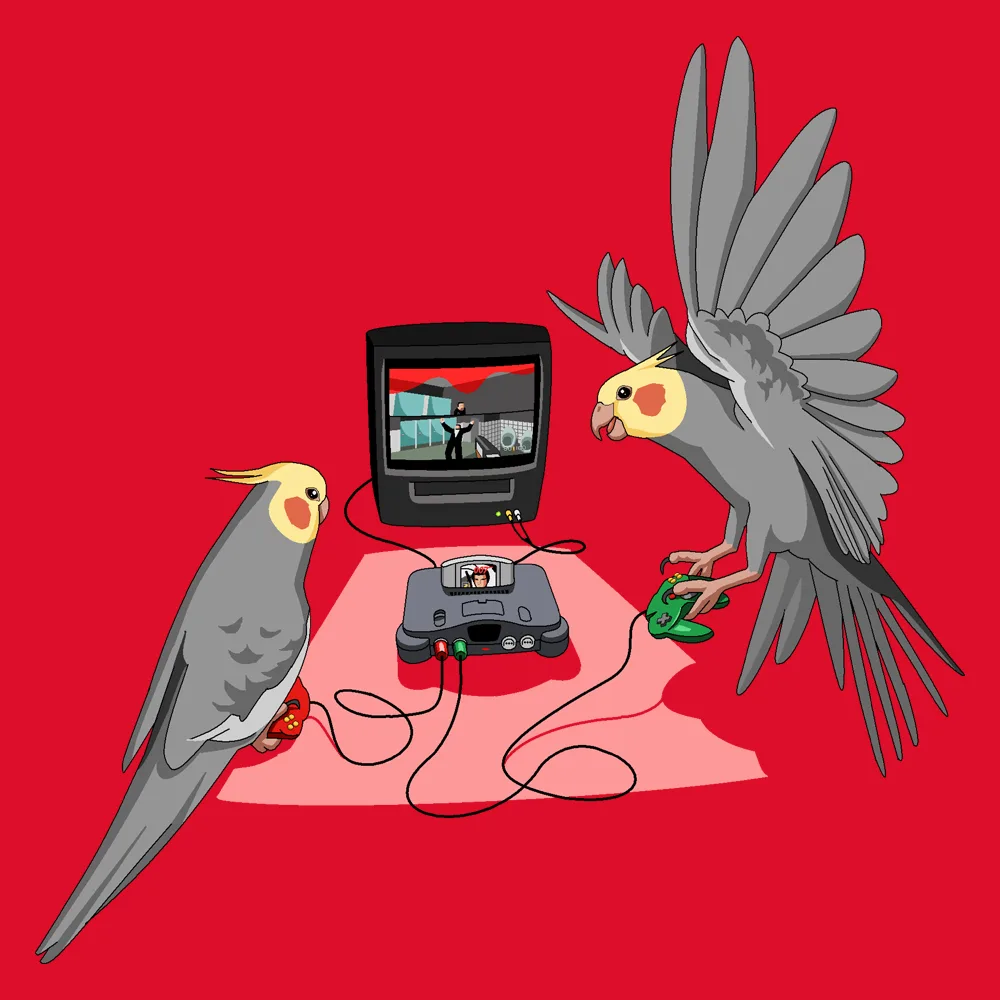
Irene Achterbergh explores how Microsoft Paint came back from the brink amid an outpouring of nostalgia for the computer based art program.
This piece is part of our 2016 Review of the Year where we looked at a few key trends shaping the creative world.
The weirdest thing about Microsoft Paint is that it was never about painting. Back in the day, when computers were just starting to become widely available, the input-device was still in an experimental phase. Paint was implemented to persuade people to buy a mouse.
The software was developed to show off the technical specs computers were capable of and how they worked best with the point-and-click capabilities of the mouse.
When the mouse then became standard, it was no longer necessary to put much focus on the program; it was just something that belonged on your computer. As a result, improving Paint was never really on the agenda of Microsoft’s developers. Where other, more professional, illustration programs quickly opted for pad-and-drawing tools, Paint never felt the need to change much.
You might also remember the program stored documents as bitmap files, giving your masterpiece an immediate and unforgiving gritty effect once you saved it. If the program was really developed to let people make beautiful “paintings”, surely this would be one of the first aspects that needed to go.
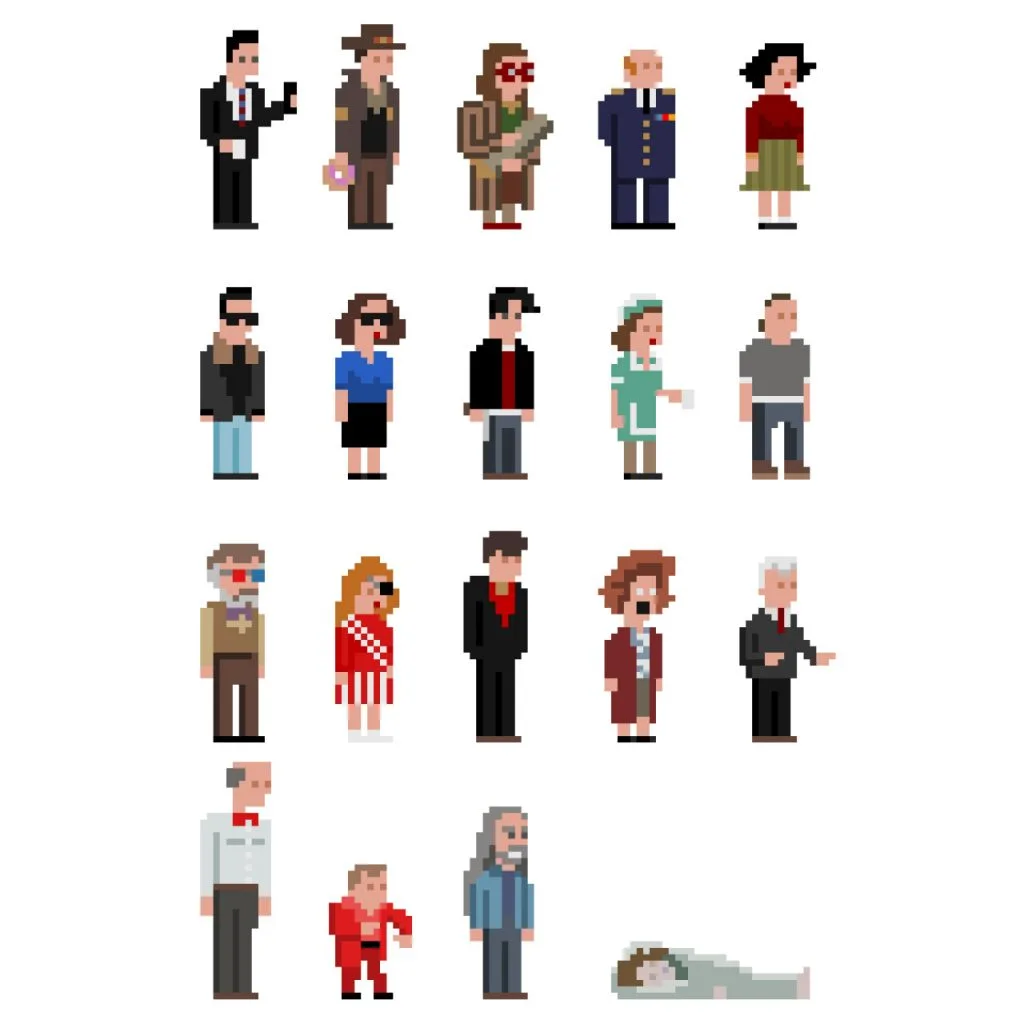
But in hindsight it’s exactly these aspects that turned out to be so charming about the program. As cultural professor Patrick Davison explains: “It was Paint’s relative under-developments that opened up space and opportunity for a style of production that wouldn’t have been what it was had its developers scrambled to keep the program up-to-date.”
When you think of this it’s quite logical: illustrating with something shaped like a mouse has implications for the way your image is going to look. And where more established illustration programs offer a million effects that allow your work to be retouched and refined, Paint does not. It can therefore be seen as one of the founding fathers of computer art with has its very own authentic aesthetic.
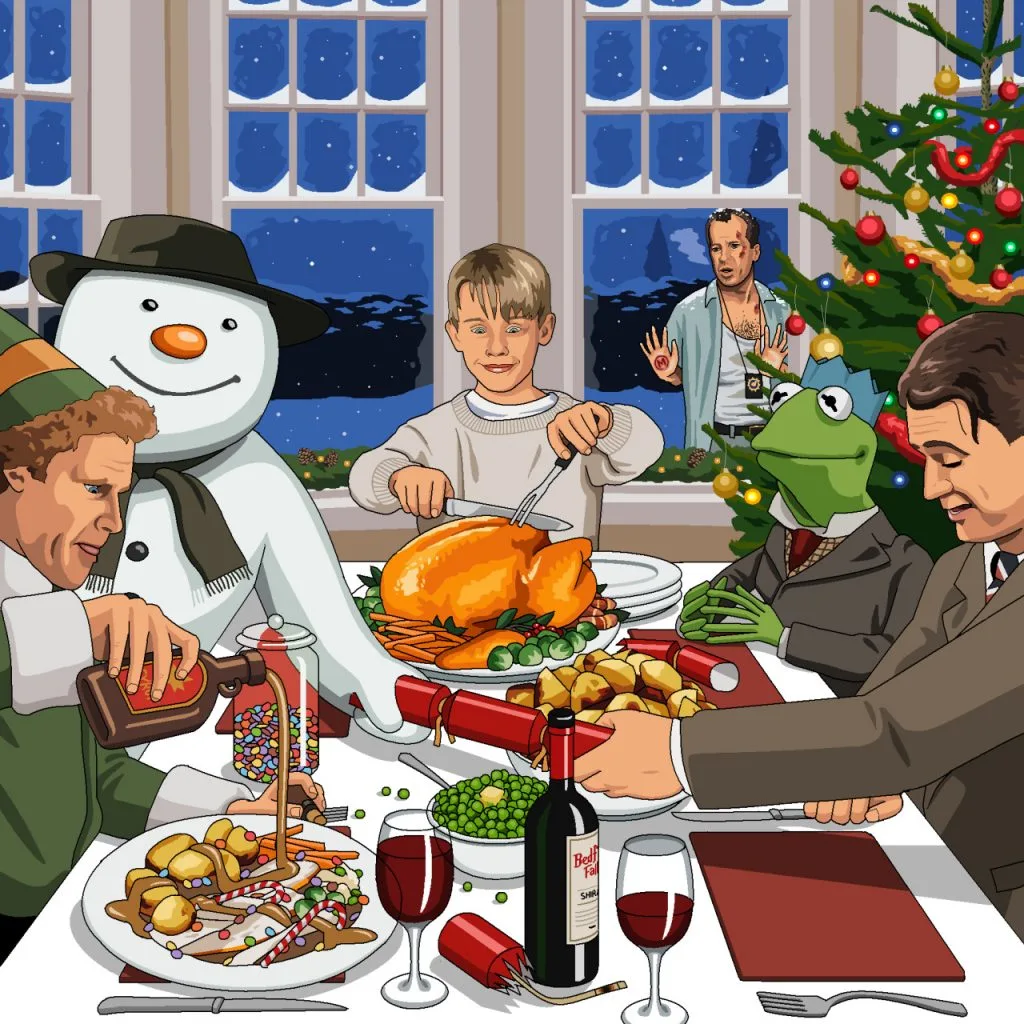
Today there are various people who celebrate these early forms of digital illustration, such as artist Jim’ll Paint It. Wanting to “let off some creative steam” during his not-so-challenging daytime job, Jim took on submissions from his friends which he would subsequently draw in Paint. He’d spend his lunch break doing a many as possible. “At this point I was literally spending about 10 minutes per picture and the requests were a bit more simple… things like A frog eating a ham sandwich or A rubber chicken doing The Charleston.”
After he’d created a fair collection, he put his illustrations on Tumblr and shared it with “fellow nerds” on b3ta.com. He didn’t expect more people to be psyched about his work, but the next day his inbox was full with requests.
Today Jim has 84,000 followers on Twitter and is still doing submissions, although his requests seem to have gotten much weirder and slightly more morbid. His latest work on Tumblr shows, Isambard Kingdom Brunel awkwardly refusing a threesome from an elderly couple in a caravan, whilst a completely unprepared chicken, feathers and all, cooks in the oven.
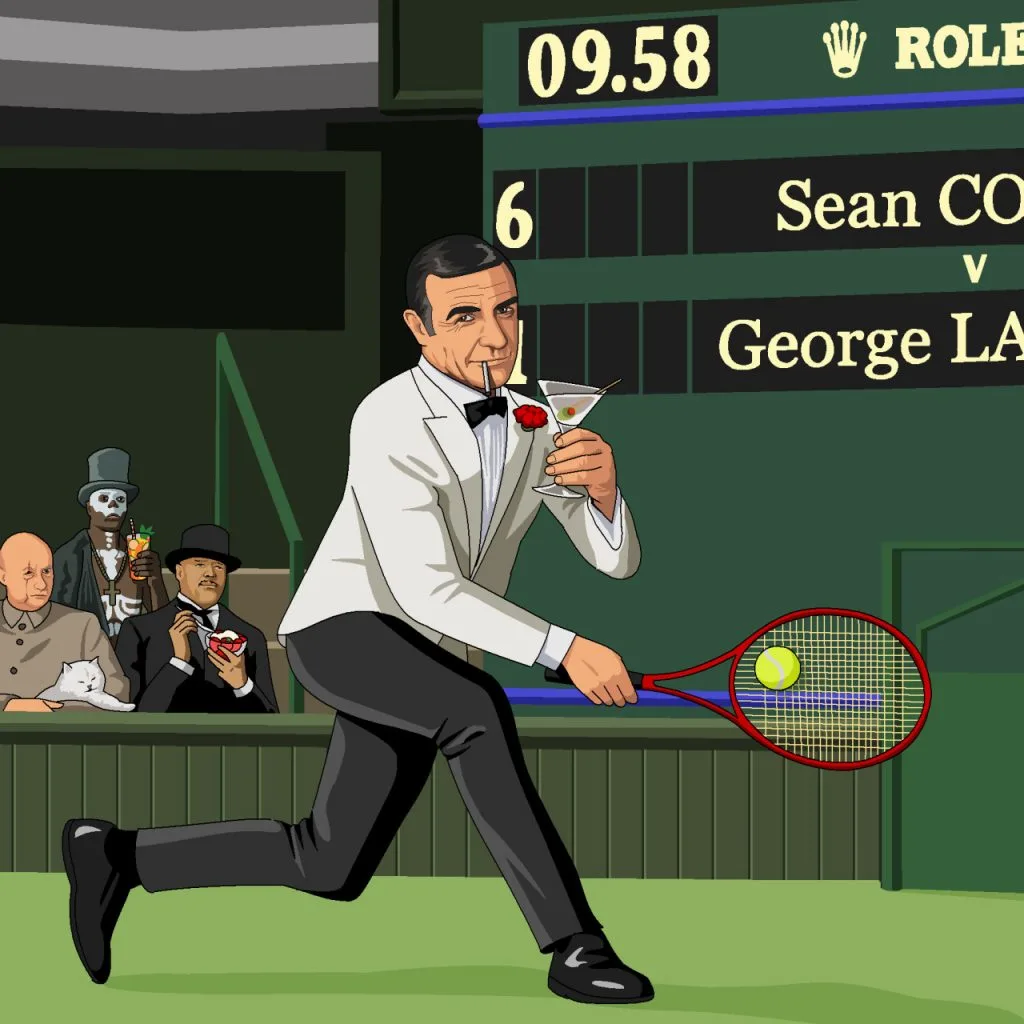
If you scroll down a bit, you’ll find Sean Connery playing tennis at ten-ish at Wimbledon while dressed as James Bond. Jim is drawn (no pun intended) for the same reasons we all were/are. There’s a feeling of nostalgia, a fondness for the crappy outlook and he also likes its limitations, which him to work in a confined frame, instead of an endless sea of digital opportunities.
But he also admits he’s gotten so skilled it can be hard to tell his work is made in Paint: “I’ve learnt all these little tricks to bypass the need for layers and such. And occasionally I still have that nice, hmmmm… how am I gonna do that? moment and then it becomes almost like playing a puzzle game as much as painting a picture. On the XP version I use, you can’t actually zoom out for example, so I have to save the picture and open it in preview just to see the whole thing. It may seem absurd but I can’t imagine it any other way now. We’re like an old married couple.”
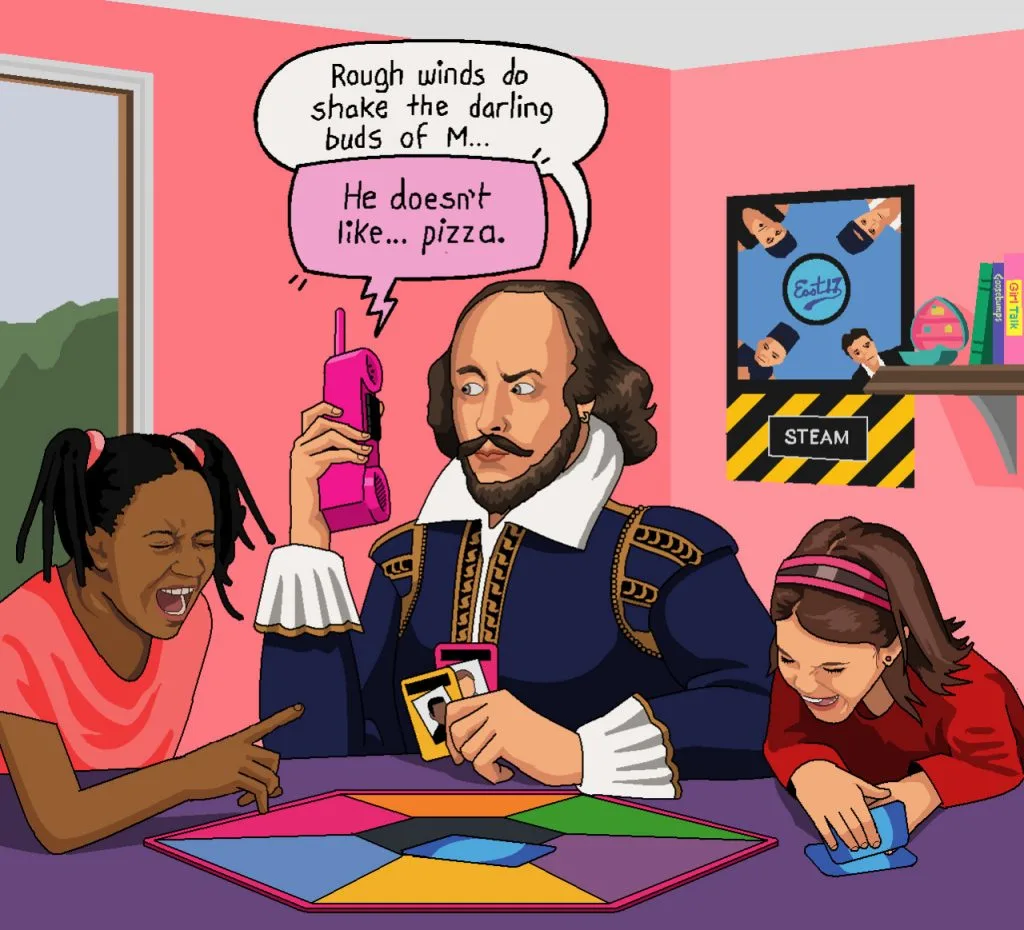
Of course, Jim isn’t the only example of creative expression that praises these early forms of digital illustration. All over the internet you can find very rewarding images, usually termed pixel art. What’s interesting about these works, is that they prove new creative movements do not necessarily go hand-in-hand with new technological developments. Sometimes these emerge from people’s rejection of them.
Pixel art embodies a nostalgic love for the older, crankier forms of digital life and its practices; we all have those memories of challenging your best friend to make the most convincing portrait of each other on your family’s first computer.
It might feel weird to imagine Paint as important actor in the beginning of a new art-form, but in some ways it is similar to established artistic techniques like counted-thread embroidery or mosaic. Who would have thought, something that reminds most of us of cringeworthy doodles, would turn out to be a vital medium for computer aesthetics? It makes you wonder how we’ll look at modern illustration in another 30 years.



